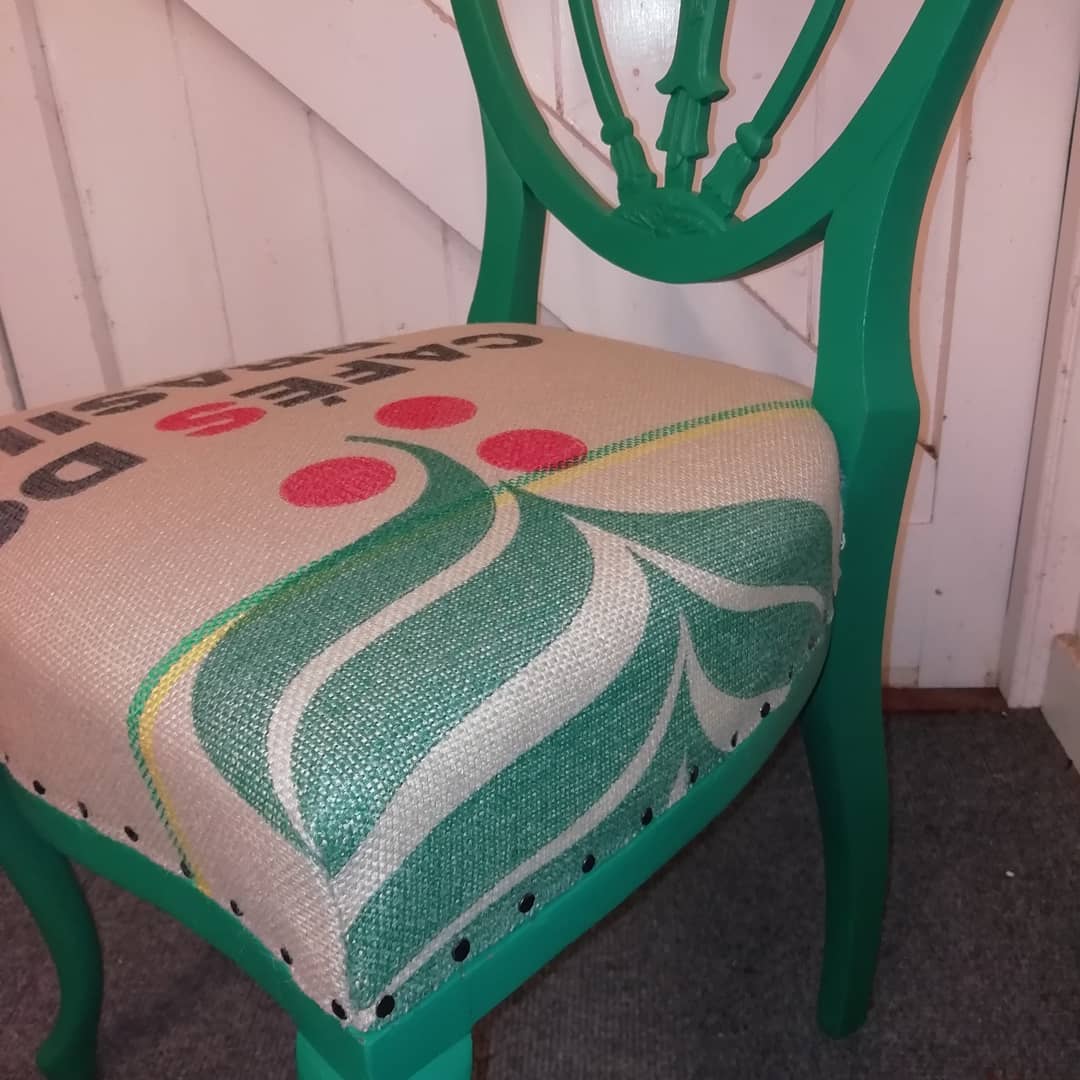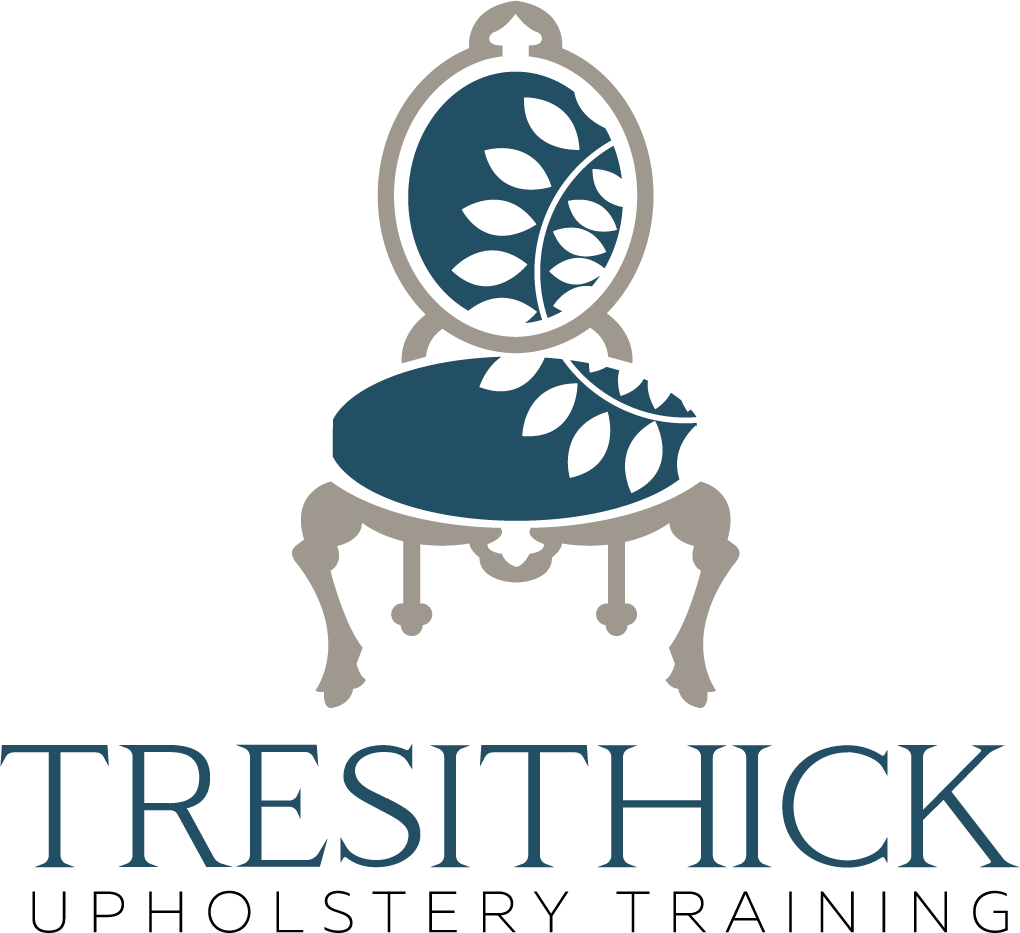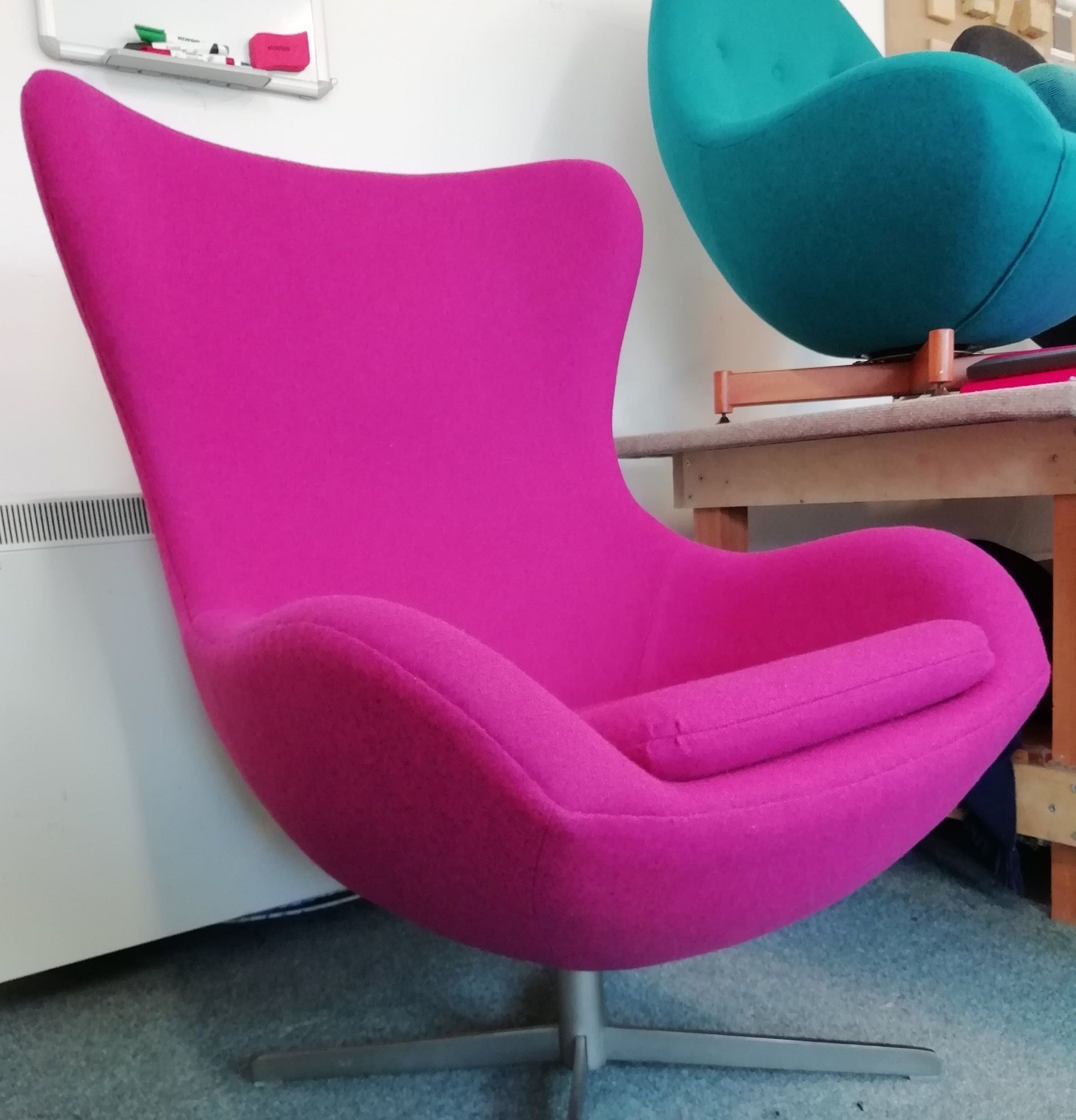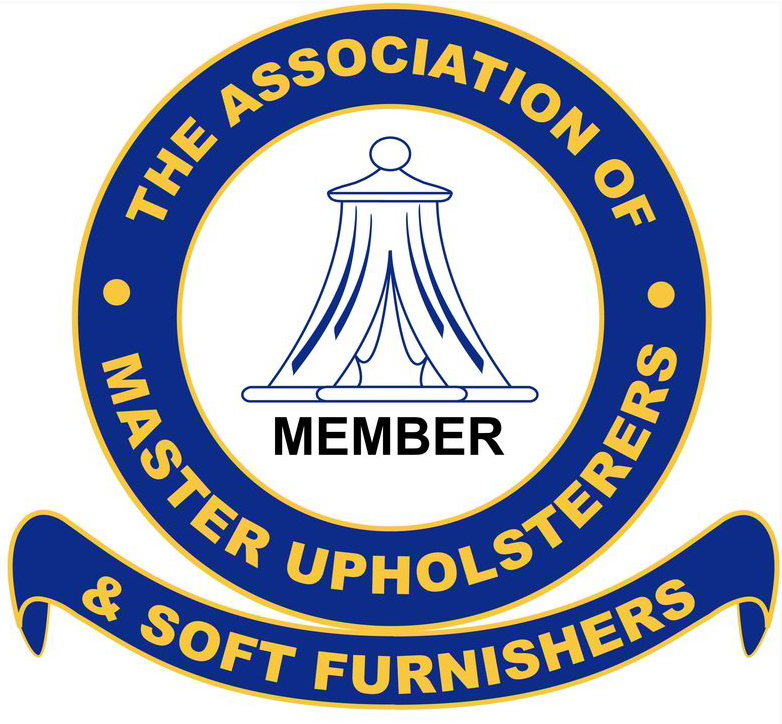Stage 1 - Craft Certificate
The introductory Craft Certificate – Stage 1 is a natural stepping stone to the Intermediate Craft Skills - Stage 2 course.
Enrolment
You can enrol for this course and start at any time throughout the year; please contact us to check course availability and/or to request an Enrolment Form.
Course Duration
210 hrs of training is delivered in 6 x week-long blocks (mon-fri), 9am-5pm daily (which includes a total of 1 hr lunch/refreshment breaks)
This achieves 7 training hrs each day, 35 hrs per week.
The course is designed to be flexible so as to allow the student to complete the syllabus in (individually) achievable time periods and so your training can be spread over a number of months provided it is completed within the stipulated 12 months from commencement.
Course Cost
Total course tuition fees total £2430:00.
An initial non-refundable deposit of £455:00 is taken on course enrolment. This includes an administration fee of £60:00.
The balance of course fees is invoiced in 5 equal instalments of £395:00 with the first instalment of £395:00 payable on the day you start your course. The remaining 4 instalments of £395:00 follow thereafter at 28 day intervals.
Payments can be made by UK cheque, or bank transfer.
Upholstery materials and sundries are not included in the above course fees as these costs vary according to the actual furniture item each student elects to work on. These materials are invoiced separately as per consumption recorded on a Materials Usage Sheet on completion of each individual syllabus item.
Please note that VAT is not payable.
Where the course is programmed to complete within 4 calendar months of commencement, the instalments are adjusted to ensure full payment is made before the end of your course.
Stage 1 Syllabus
During this stage students will develop their practical skills, gaining knowledge and experience in the manipulation of a variety of materials and processes, within the context of a series of individual set exercises and/or assessment projects.
Students will acquire an understanding of upholstery fabrics and textiles and should be encouraged to develop, where appropriate, their own creative responses to the assessment projects.
Over the duration of the course the candidate will complete the following projects (as either exercise or actual pieces):
Stage 1 – Craft Certificate
- Drop-in seat (modern materials)
- Drop-in seat (traditional materials including fabric and bottoming cloth)
- Stitched and stuffed footstool or chair (traditional materials and methods including fabric and bottoming)
- Sprung dining chair (traditional materials and methods including fabric and bottoming cloth)
- Sprung arm exercise for an inset facing (traditional materials and methods)
- Box Cushion with piping and zip (sample)
- Bolster End with piping (sample)
- Modern Upholstered and lined box with a deep-buttoned lid (modern materials, with a minimum of three diamonds) and;
- Scatter Cushion with piping and zip
- Note: Either the Box or the Scatter Cushion to include some form of decorative detail/fabric manipulation
- Portfolio containing notes and details of work in progress
- Written Research Project - Fabric Characteristics, Identification & Appropriate Usage
Portfolio
Portfolio support work will also be required and the following notes provide a useful Aide Memoire for the suggested contents.
Before any stripping of the old upholstery is begun the furniture item must be photographed and, together with training objectives discussed with your tutor, entered into your portfolio to compile part of your evidence. It may sometimes be necessary to communicate an idea to a colleague or client through use of an image as opposed to text, one can often do this through use of existing images from magazines, books etc. However, sometimes due to time constraints, or design originality or detail, it may be more appropriate to produce a sketch or a scale drawing (accompanying colour swatches for example to explain the furniture to a customer).
The following skills are covered, and will be acquired directly through the experience of working on each piece of your furniture. Therefore, you must remember to reference them in your portfolio notes as evidence:
The students will receive workshop inductions, practical demonstrations and teaching in the use and application of core materials and techniques, both modern and traditional, including instruction on:
- Health & Safety: when working with tools and equipment in a workshop environment
- Appropriate use of tools and equipment, both hand and machine
- Understanding of Domestic and Industrial Sewing machines
- Appropriate use of Fillings & Sundry Materials
- Appropriate use of techniques and processes including Knots, Blind, Top and Slip-Stitching
- Cutting, Pattern Matching and Finishing of Fabrics
- Sewing seams and decorative techniques
- Trims and Decorative detailing
- Awareness of frame repairs and polishing
- Costing Materials
- Evaluation Methods
For each piece undertaken a detailed list of materials and costing should be made, along with a description of the process including references to the use of tools, handling of materials, and health and safety awareness. Pictures should be taken at every stage of the project to create a close photographic record of work involved from start to finish and this should be combined with a written descriptor of each step. Any evidence of machine sewing, pattern matching, colour coordination and finishing should also be included in the portfolio.
The 3 main elements to the course that form the majority of the awarding marks are as follows:
- Traditionally sprung dining chair
- Upholstered and lined box with decorative detail and deep-buttoned lid (must have 3 diamonds and 3 rows of buttons), and a scatter cushion with piping and zip.
- Mandatory project – written project on Fabric Characteristics, Identification & Appropriate Use
All elements must be completed in order to achieve the highest marks.
UK-based students are required to provide their own furniture to meet the syllabus requirements, with the exception of the Sprung Arm * and the cushion inner for the box cushion cover exercise. For overseas students, by arrangement, Tresithick Upholstery Training can provide the necessary furniture items on request.
*Exercise frames carry a hire charge and are retained by Tresithick Upholstery Training upon completion
The Craft Certificate is awarded by the AMUSF on successful completion of the course and verification. Students will be required to make available the sprung dining chair and the upholstered and lined box and project for the verification by the External Verifier.
Successful completion of the Stage 1 course is usually a pre-requisite for enrolling on the Stage 2 course unless the applicant can produce satisfactory evidence to prove that they already possess the skill and knowledge taught on the Stage 1 course.
FAQs
"As a complete novice when I started the course the tutors were so patient and helpful. They explained everything so clearly that before long your confidence builds and your skill level increases.
I would definitely recommend Tresithick for both accredited courses or as an introduction to the world of upholstery. Thank you Richard, Sonja and Zoe."
"Tresithick Upholstery school is the perfect place hidden away in the beautiful Cornish countryside to learn."
Steve












